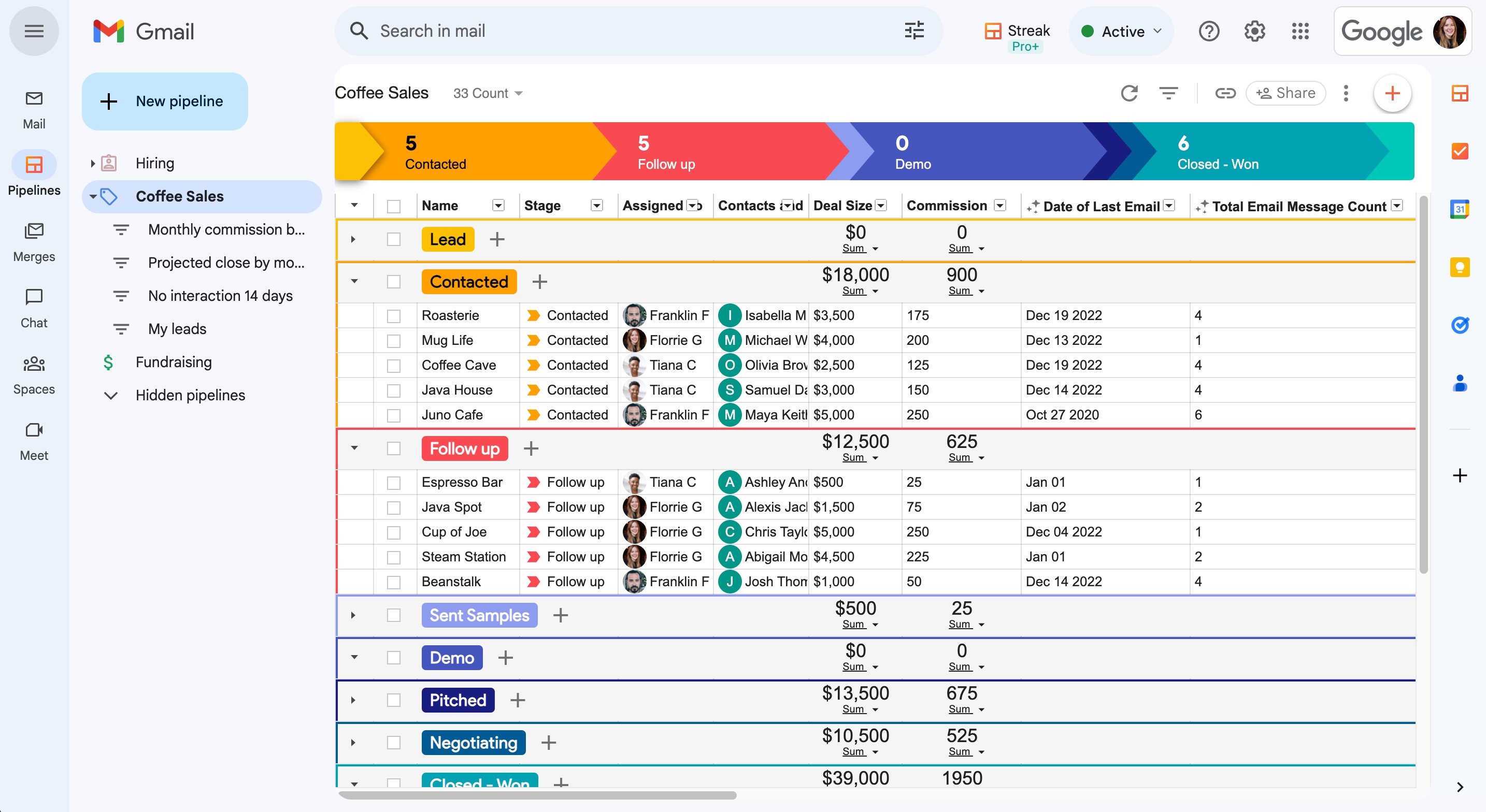Opening now...
SNAP selling: Definition, use cases, and best practices
If the contacts on the other end of your sales calls generally feel overwhelmed, in a hurry, and frazzled, then using the SNAP selling framework might help you break through to them.
Jill Konrath developed the SNAP selling methodology in her 2010 book Snap Selling: Speed Up Sales and Win More Business with Today’s Frazzled Customers. Jill's book provides a more modern approach to sales where prospects are confronted by more decisions, information, and salespeople vying for their attention.

What is SNAP selling?
The SNAP selling method is a sales strategy designed to cut through the noise that customers face. In a world overloaded with choices (just log in to any television streaming service and see how many options there are), sales reps need a way to stand out.
Jill spotted this issue and developed the SNAP method to keep the sales process simple, yet flexible and powerful enough to impress prospects and provide solutions.
The SNAP framework is composed of four different pieces:
1. Keep it simple
2. Be invaluable
3. Always Align
4. Raise Priorities
S: Keep it simple
It's right there in the subtitle of the book: "frazzled customers." Once you realize "frazzled" is a common state most people you're trying to sell to live in, you'll see that keeping things simple is necessary.
Here are a few questions to consider when simplifying your sales process:
- How can you simplify every part of the meeting, including messaging, proposals, the questions you ask, and the technology you use?
- How can you present the value you offer in a way that's so simple that no one could misunderstand it?
- How can you overcome objections more simply and proactively?
N: Be invaluable
Prospects expect sales reps to be experts. When a salesperson can't give a straight, accurate response to a question, it feels like they don't have the answers — and they come across as just another pushy salesperson.
If you're a seller, you should be the teacher; someone who's seen their problem a thousand times before and knows the solution. If you can confidently express how to solve their problem (with your service as the main solution), that's a huge part of the battle.
Consider the following to help yourself come across as an invaluable partner to your prospects:
- Understand the industry, including trends, what's working and what competitors are doing.
- Find out what's most important to the decision-makers at the companies you're selling to and position yourself as the solution.
- Get hands-on experience using the product or service your company offers.
A: Always align
Going hand-in-hand with being invaluable is ensuring that you align with what your prospects are actually looking for. No one wants to be sold something they don't need.
Ask yourself these questions:
- Do I truly understand each of my prospect's biggest challenges and most important goals?
- Do I know their biggest factors for making a buying decision (like budget, good service, quick solution, etc.)?
P: Raise priorities
What is your prospect currently prioritizing that you can help with? For example, let's say you sell a marketing platform, and you pitch how well your service can automate email sending. That might be a neat feature, but perhaps your prospect is getting pressure from the CEO to generate more leads. That would be the better button to push.
You can also consider the following when working to understand their priorities:
- Learn the prospect's current state and their desired future state.
- Focus on getting them to their ultimate goals and achieving their vision.
- When presenting, focus on how your product or service can improve the metrics they're most focused on.
How to implement SNAP selling effectively
Here's how to get your sales team to use the SNAP methodology effectively:
- Simplify everything. Keep your conversations relatively short, your message on point, and your solutions needs-based.
- Identify key decision-makers. Know if you're talking to someone who can make a decision. If you're not, work to learn about pain points and challenges, but save the real selling for a future interaction with someone who has more authority.
- Understand their goals. Once you understand their vision, you know what challenges you can overcome together.
- Become the trusted resource. Position yourself as their business partner, working together to achieve a goal.
- Convince them that change is necessary. Your enemy is the status quo. People and companies hate change because it costs time and money and has an uncertain outcome. This step becomes easier if you can show them solid metrics or examples of similar companies doing better because of what you offer.
- Help solve their biggest priority. Of course, this step assumes you've been able to uncover and understand the biggest thing they're looking for. Don't try to solve all their problems now — just solve this one.
These steps are similar to other modern selling frameworks in that your focus is on uncovering what they're really looking for rather than throwing every feature and benefit you can think of at them. SNAP selling differs in that it keeps things simple and solves the right issues rather than all of them.
Best practices for using SNAP selling
When following the aforementioned steps, keep these tips in mind:
- Create impressive meetings. Jill Konrath suggests you toss out your PowerPoint and focus on a real conversation with someone. Presentations are usually more rigid and don't solve targeted issues.
- Ask great questions. Write down a list of questions beforehand to help you uncover background information. Make sure you stay flexible and ask questions that probe deeper based on your conversation.
- Let go of the outcome. You won't sound like you have a prospect's best interest in mind if you're pushy. People and companies are bombarded by sales pitches and can smell desperation a mile away.
- Think small. Even if you offer a comprehensive solution that can help with many problems, remember that your prospect is likely "frazzled," as Jill calls it. Often, finding one issue that your service can tangibly improve quickly is your foot in the door.
SNAP questions that work
Great salespeople often talk less than the people they're pitching to. Great questions give you the insight you need into their current challenges and can help them understand why your product is what they need.
Start with questions like these:
- What's the biggest challenge that your company is facing right now?
- What is your current process for [XYZ]?
Then, ask questions that can help you (and them!) understand their future goals:
- Where do you see your company in five years?
- What is your biggest priority moving forward?
- What is your ultimate goal for that? How will you know when you've achieved [XYZ]?
Moving along, you'll want to help them see that what you offer is the solution they've been looking for:
- Can you see how improving [XYZ] could help you achieve your goals as a company?
- What would it mean for you if we could improve [XYZ] so that it's no longer an area of concern?
Again, be flexible. Write down a big list of potential questions that you can pick and choose from as needed. Also, never be afraid to say, "Tell me more about that."
SNAP selling vs. SPIN selling
SPIN selling is another modern sales framework that focuses on uncovering your prospect's main challenges through questions. By using the four types of questions laid out in the SPIN framework, you can understand where your prospect is now and lead them through the sales process.
SPIN selling is a fairly simple framework, but it works well in complex environments where you need to know more about your prospect. Sounds a lot like SNAP selling, doesn't it?
SNAP selling simply takes things a bit further with an even more modern approach. SNAP defines your prospect as a "frazzled customer" and suggests that you prioritize the simplicity of your pitch above all else. This includes streamlining your messaging and outlining crystal-clear ways you could help them.
For example, the SPIN framework might help you understand that a company needs more robust servers to handle its computing needs. With SNAP, you might go deeper and understand that their #1 priority is to never have another data breach like they had recently — which is now where you'd focus your conversation.
How to use Streak for SNAP selling
Like SNAP selling itself, Streak is also simple, yet powerful. Streak can transform any salesperson's Gmail inbox into a CRM. With intuitive sales pipelines, you can easily track which stage each lead is in the sales process.

Streak even organizes every interaction into a single timeline on each contact's page. Our AI-powered tool can then synthesize all past interactions and create meeting agendas to guide your future conversations with prospects, especially if you're using the SNAP selling method.
So what are you waiting for? Try Streak today with a 14-day free trial and see how our data organization and AI-powered agendas can lead to more effective sales calls. More than 750,000 people already use (and love) Streak, and you could be next.
Subscribe to our blog
Stay in the loop with Streak’s latest features and insights.

.png)




.webp)


